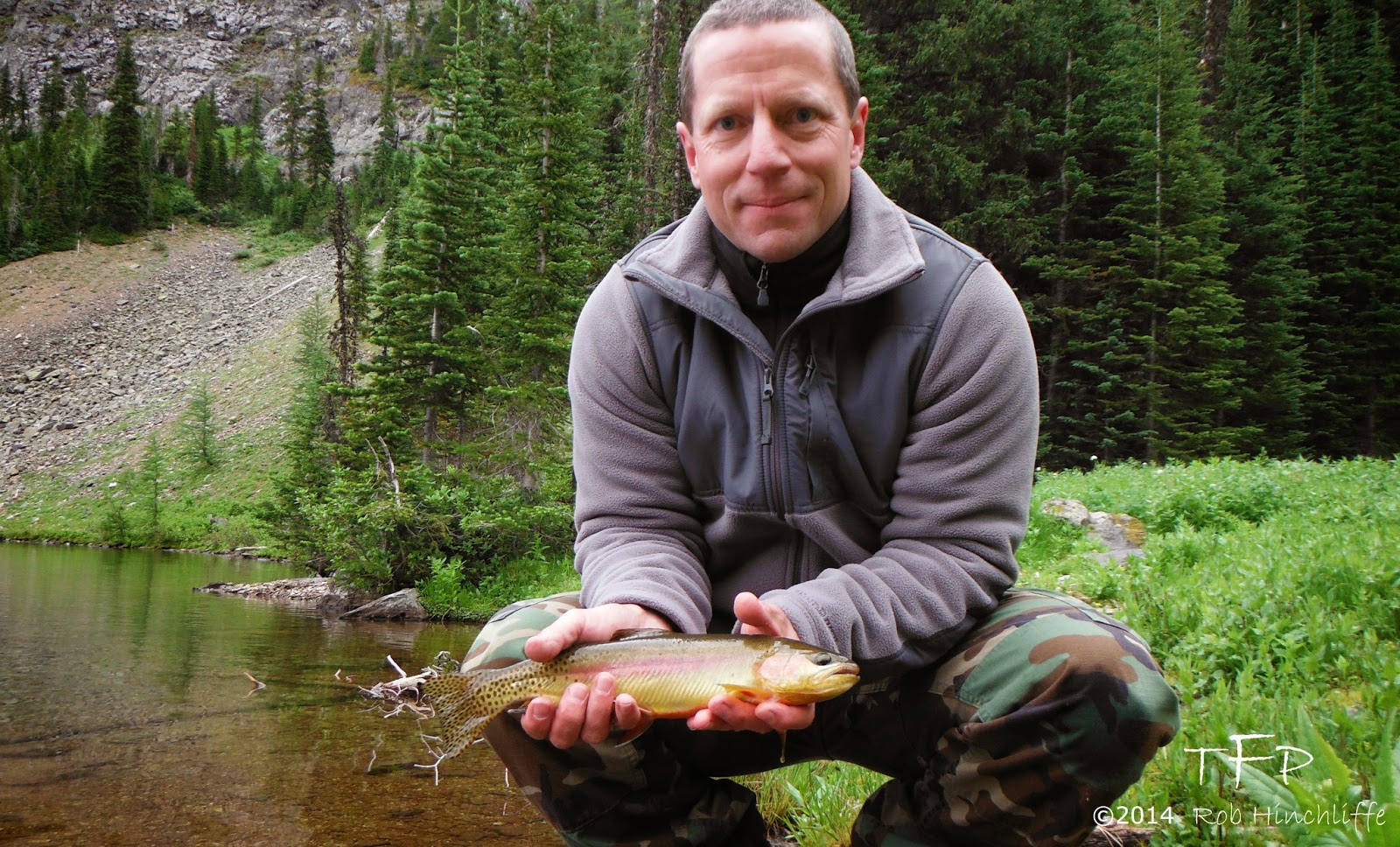When it
comes to imitating the different life stages of the caddisfly there is no
question that the pupa and the adult garner the most attention from both trout
and fly anglers. We are certainly quick to notice the pupal shucks floating on
the water, the many adults fluttering over the water’s surface, and the
slashing rises of feeding trout. These two life stages seem to expose
caddisflies to feeding trout more so than the larval stage. The cryptic larvae
– those that build cases out of bits of vegetation or sand, and the trout that
feed on them, often go unnoticed.
Although
cased caddis larvae rely on camouflage and subterfuge to protect them from
predators, trout learn to recognize which bits of apparent vegetation and
debris are food and which bits are a waste of time. Many feeding studies have shown
that trout do opportunistically consume cased caddis larvae – especially when
populations are high enough that the trout develop a search image for them. I don’t
carry a lot of cased caddis larva patterns but the ones I do carry have served
me well over the years. Here are a few of the patterns I was working on this
past week.
My top pick
for lake fishing is my Phryganea larva. Many species in this genus build
their cases out of a series of cut pieces of aquatic vegetation carefully
arranged in a spiral pattern. The case is constantly being added to as the
larva grows making the case varying shades of green. The larva and case can be
¾” - 1” long.
To tie this
pattern I build up a slender under-body of yarn. Several sections of light and
dark green turkey quill are tied in facing forward – these are then folded back
and secured with fine silver wire. A ball of gray or cream dubbing at the front
represents the larva as it reaches out of the case for something to grab hold
of. The best way to fish this pattern is to suspend it under a strike indicator
just above submerged weed shoals (especially late in the evening), or right
along the weed edge adjacent to deeper water.
For caddis
larva in streams that build their cases out of sand or small pebbles I like to
use something like this:
Here I
build up an under-body of yarn and then work in some 5 minute epoxy. Just as
the glue becomes tacky (but not too stiff) I roll it in clean, coarse sand
(usually darker sifted sand and pebbles from a trout stream). Gently "massage" the sand into the glue so it sticks well and maintains the desired shape. The head and legs
of the larva are imitated with a ball of gray or light brown dubbing. As to
size, ¾ of an inch long is about right. Drift this one just as you would any
other nymph.
During a
hatch feel free to reach for your favorite emerger or adult caddis pattern. But
if there is no discernible hatch activity, and you are observant enough to note
a good population of cased larvae on your favorite stream or lake, a cased
caddis pattern can be the ticket to a great day on the water.
.jpg)
.jpg)
.jpg)
.jpg)
.jpg)
.jpg)
.jpg)
.jpg)


+copy.jpg)